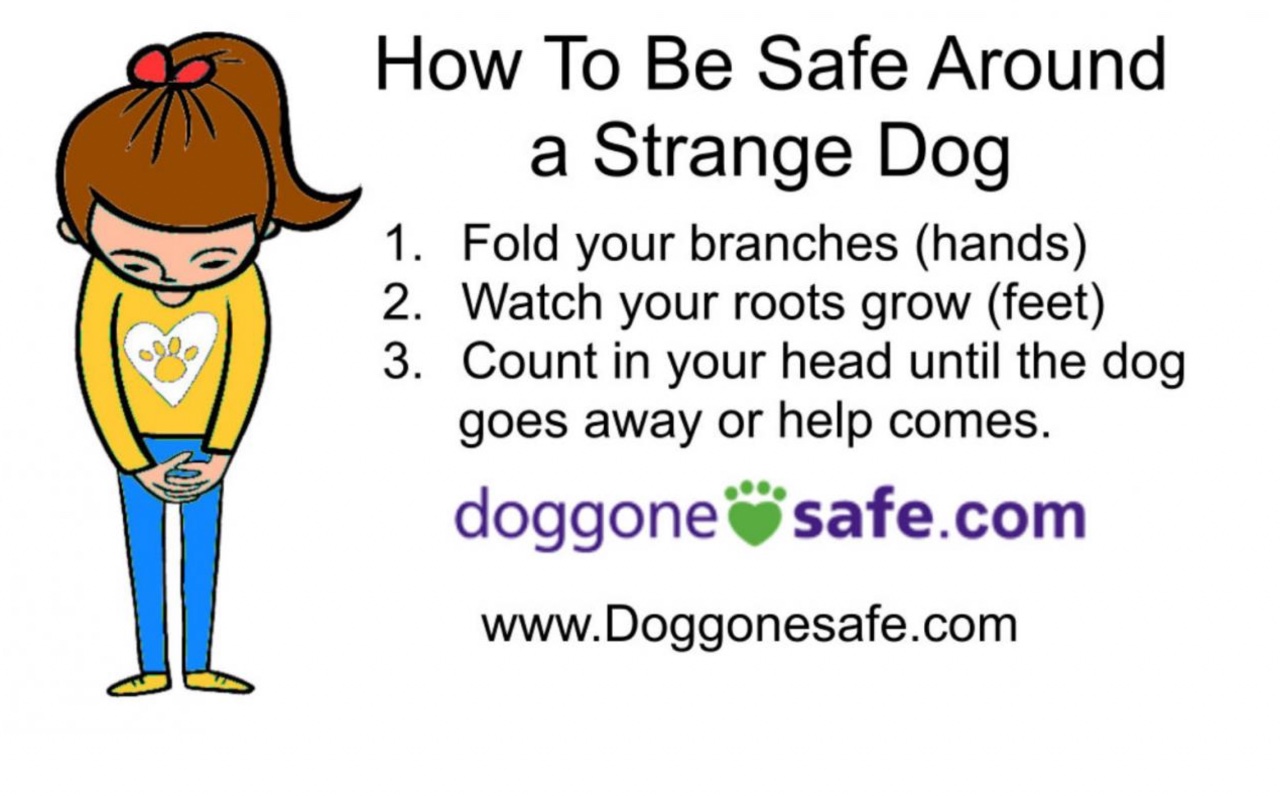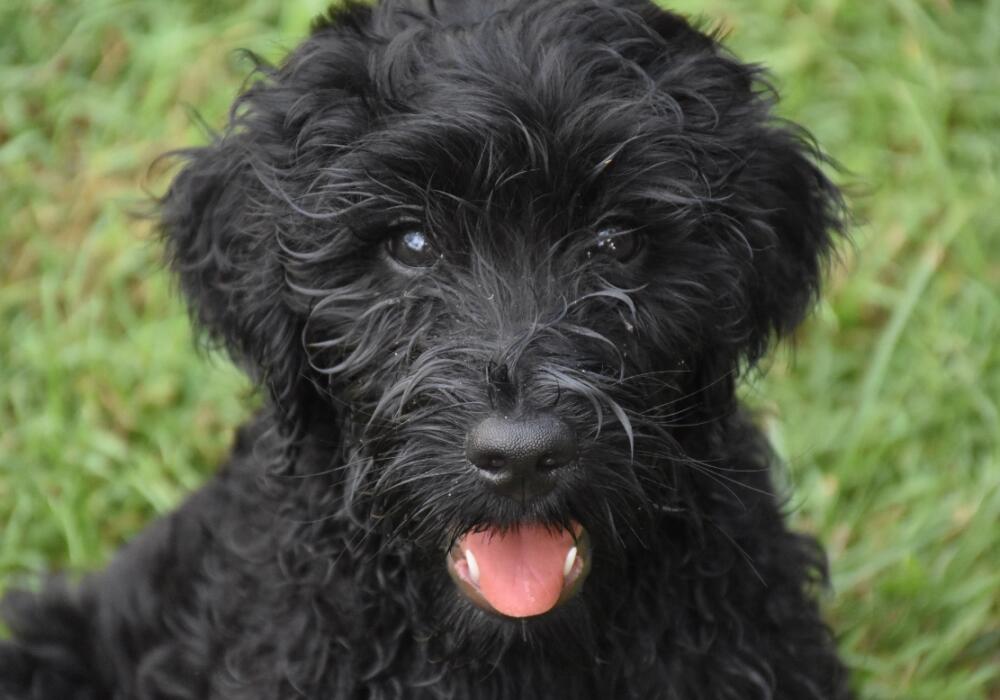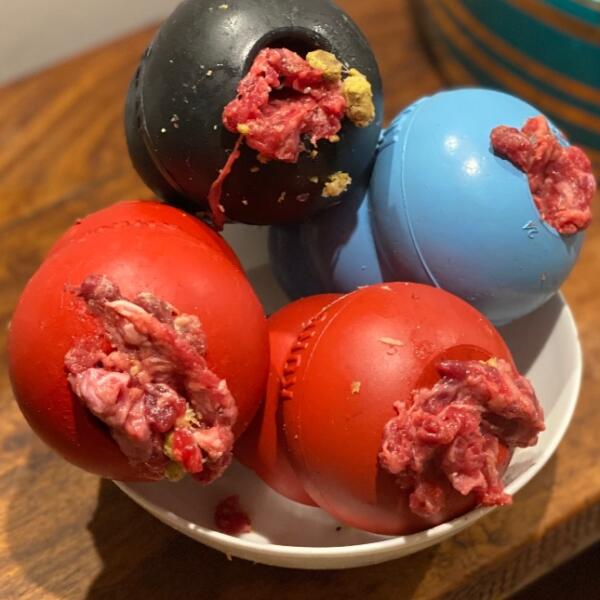Bringing a new puppy into your home is exciting, but it’s not without its challenges. A common issue is those sharp little puppy teeth and puppy nips Teaching your new Amalie puppy how to interact is something we have started but in the move to a new home, puppies need to learn that the rules of our home are the same as yours. Our puppies are smart and learn quickly – they learn good equally as fast as bad behaviours so getting on the right foot early on is a worthwhile investment.
Understanding puppy biting
Puppies explore the world with their mouths, and biting is a natural part of their development. Puppies often nip during play, when excited, or when teething…. and their baby teeth are sharp! At this age, nipping should not be seen as a sign of aggression but rather a form of communication and play. That said, it’s still essential to teach your puppy appropriate ways to interact.
Bite inhibition (having a soft mouth and not causing pain or injury) is learned through interaction with mum and littermates and then during hand feeding while they are with us. Once your 8 week old puppy comes to your home, you take over the role of being “litter-mates” and the lessons need to continue so that the ground rules at your home are well understood by the puppy.
We have a “no teeth on skin” policy so if this happens, immediately walk away – no conversation, no interaction or attempt to scold or correct the puppy, simply remove the opportunity for the behaviour to reoccur. The puppy will soon learn that teeth on skin means that the fun stops.
Your Job:
Now, it’s now all about the puppy – your part in this is to ensure all people (family and visitors) do not mindlessly put fingers in the puppy’s mouth!! You’d be surprised how quickly people do this and how unconscious the behaviour is.
The role of leadership
Leadership is a key element of raising a balanced and well-behaved canine companion. Puppies, like any other pack-oriented animals, thrive in environments with boundaries and guidance that is both clear and consistent.
By taking on the role of being a good leader, you can gently shape your puppy’s behaviour, instil confidence, and build a lasting bond based on mutual respect. This foundation not only makes life more enjoyable for the whole household, but it also lays the groundwork for a well-adjusted and happy adult dog.
Your Job:
Your primary task when your new pup comes home is to be a leader and to be consistent in your communication, remembering that puppies rely heavily on reading body language. Establishing a daily structure or routine for the puppy so he knows what to expect is also a helpful strategy – we will add a rough guide below.
Keeping little people safe
Young children are the common target of an excited, nippy puppy. Kids are within easy reach, they squeal and run and “oh my, this is great, my hooman wants to play with me – lets go…. Zoom, zoom, zoom!” Yes, that’s the sort of conversation that goes on in your puppy’s head.
Kids have PJ bottoms that flap and are grabbable, they move fast, they have food on their fingers; they aren’t intimidating in size and don’t have booming deep and scary voices. In the puppy’s mind kids don’t have any sort of authority so can be seen as fair game. Teaching young children what to do and what not to do is fundamental to safe puppy introductions.
Your job:
Set the ground rules from day ONE – by planning a puppy and preparing your children in advance you are better able to diffuse the situation and set the puppy and children up for success. Here are some tips for how you might do this:
- Supervision – young children and puppies (and dogs) always should be supervised;
- Separation – use inside / outside or a playpen situation to separate puppy and child (especially babies on the move or toddlers);
- Kids playing with the puppy need to be suitably dressed. We like jeans / track pants with rubber boots, even in Summer, even inside if need be;
- If appropriate, the child might feed the puppy (again with supervision) and I would use a bowl in this instance rather than hand feed.
NOTE: for this to work you will have already taught the puppy to wait until the bowl is on the ground and he is given the cue to approach the bowl and eat dinner before you would allow the child to do this task. - Teach kids how to ask for help if they are worried and how to be boring to a dog – “be a tree” (Instructions at the end of the page – this page advocates to cross arms across chest… either option works, do what the child is comfortable with).
NOTE: good for strange dogs AND dogs you know when they are being a bit hyperactive or are making you feel uncomfortable.

Positive reinforcement gets results
Puppies want to please and we advocate using positive reinforcement in all our training. This means rewarding the behaviour you want the puppy to continue by offering treats, praise, or playtime. This encourages your puppy to associate positive outcomes with appropriate behaviour.
Other things that can help diffuse puppy nips are distraction and re-direction. Having a toy for your young child to present to nippy puppy can save little fingers and tender skin.
Other constructive activities
- Mentally stimulating scent trails help teach the puppy to sniff – its one of their favourite things to do.
- Rotate toys to prevent boredom (2-3 per day) – you are the keeper of the treasures
- Meaty bones that take time to remove the meat from (turkey necks and kangaroo tail pieces) can make time out in a crate a constructive experience.
- Use a Kong – we don’t recommend the tiny ones – get a decent sized one that can be stuffed but you might choose the softer puppy rubber (pink / blue, not red or black)
TIP: you can freeze these which offers a soothing chewing activity for teething gums - Crate train your puppy
- Socialise your puppy well with new sights and sounds… our puppy care notebook has a socialisation checklist at the back
- Download a puppy schedule… News post
Things not improving? Don’t let bad behaviour go on too long!
Remember that our puppies are smart and learn quickly – they learn good behaviours as fast as bad behaviours so if you are concerned or puppy nips are persisting or escalating, ask for help. We want to hear from you and can probably give some quick advice but most likely we will recommend an in-house trainer as they are able to observe and respond on-the-spot. They can provide personalized advice and techniques to address specific challenges based on their observations of your puppy’s temperament and behaviour and the interaction with family members.
Raising a happy and well-behaved puppy takes time, patience, and consistency. By understanding the reasons behind puppy biting and implementing positive training methods, you can transform those snappy moments into a loving and lifelong bond with your furry friend.




